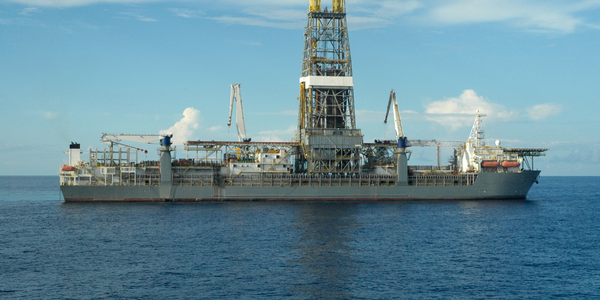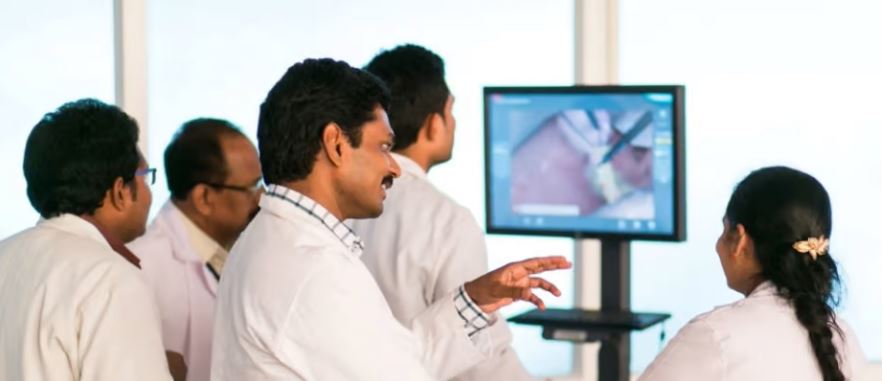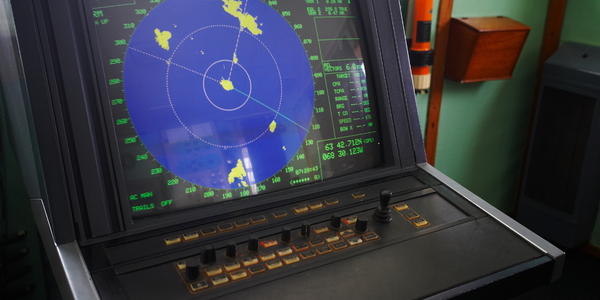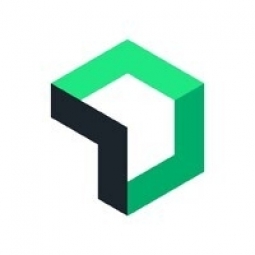Technology Category
- Cybersecurity & Privacy - Database Security
- Infrastructure as a Service (IaaS) - Cloud Databases
Applicable Industries
- Education
- Marine & Shipping
Applicable Functions
- Logistics & Transportation
Use Cases
- Intrusion Detection Systems
- Tamper Detection
About The Customer
The Access Group is one of the largest providers of business management software in the U.K., Ireland, and the Asia-Pacific region. The company offers a wide range of products, including finance and HR solutions, as well as industry-specific software for sectors such as education, health, and legal. With over 60,000 customers, the company has a diverse product portfolio across multiple sectors. The Access Group's primary goal is to become 100% SaaS within five years and to gain an end-to-end view of its business transactions. The company places a strong emphasis on customer-centric growth and innovation.
The Challenge
The Access Group, a leading provider of business management software, faced significant challenges in managing its hybrid, multi-cloud environment. With over 60,000 customers and a diverse range of products across multiple sectors, the company was struggling with constant alert noise from different environments. Software engineers were inundated with alerts, making it difficult to distinguish critical alerts from noise. This resulted in engineers spending hours sifting through past tickets and searching code, which detracted from their primary tasks such as scaling and shipping features. The company's goal was to become 100% SaaS within five years and to gain an end-to-end view of its business transactions. However, the constant alert noise and the lack of a centralized view across systems were major obstacles to achieving this goal.
The Solution
The Access Group implemented New Relic's application performance monitoring (APM) to gain visibility across systems and streamline the incident management process. This solution maps internal and external systems, providing a data-driven approach to work. It also automates alerts, allowing engineers to focus on mission-critical tasks. The alerts are configurable and can be fine-tuned based on metrics, events, and more. The team can also mute alerts based on their workflows. New Relic's solution also provides real-time infrastructure and database insights, enabling the company to identify slow transactions impacting customers and distinguish between internal and third-party processes. This has led to significant cost savings by reducing the number of machines in clusters and identifying busy servers.
Operational Impact
Quantitative Benefit

Case Study missing?
Start adding your own!
Register with your work email and create a new case study profile for your business.
Related Case Studies.

Case Study
Drill ship power challenge: hybrid solution solves distribution issues
Aspin Kemp & Associates (AKA), a manufacturer of electrical power and control systems headquartered in Montague, PEI, encountered one with its hybrid power initiative, the first hybrid drill floor destined for installation on ultra-deepwater drill ships operated by Transocean, Swiss offshore drilling contractors. Since on-site modification was impossible and scrap recycling of any modifications was unacceptable, the enclosures had to arrive ready-to-install.

Case Study
Ensures Tanker Safety and Emissions Compliance
Storage tanks are irregular in shape and a certain amount of mathematical modelling is required to get an accurate representation of volume and, more importantly, the weight of material in each tank. In addition, countries have different emission regulations, so the ships position needed to be accurately known in order to geotag emission data.

Case Study
Revolutionizing Medical Training in India: GSL Smart Lab and the LAP Mentor
The GSL SMART Lab, a collective effort of the GSL College of Medicine and the GSL College of Nursing and Health Science, was facing a challenge in providing superior training to healthcare professionals. As clinical medicine was becoming more focused on patient safety and quality of care, the need for medical simulation to bridge the educational gap between the classroom and the clinical environment was becoming increasingly apparent. Dr. Sandeep Ganni, the director of the GSL SMART Lab, envisioned a world-class surgical and medical training center where physicians and healthcare professionals could learn skills through simulation training. He was looking for different simulators for different specialties to provide both basic and advanced simulation training. For laparoscopic surgery, he was interested in a high fidelity simulator that could provide basic surgical and suturing skills training for international accreditation as well as specific hands-on training in complex laparoscopic procedures for practicing physicians in India.

Case Study
IoT platform Enables Safety Solutions for U.S. School Districts
Designed to alert drivers when schoolchildren are present, especially in low-visibility conditions, school-zone flasher signals are typically updated manually at each school. The switching is based on the school calendar and manually changed when an unexpected early dismissal occurs, as in the case of a weather-event altering the normal schedule. The process to reprogram the flashers requires a significant effort by school district personnel to implement due to the large number of warning flashers installed across an entire school district.

Case Study
Real-time Networked Sonar System for Ships
A multinational, knowledge-based corporation that delivers marine electronics solutions is utilizing industrial Ethernet technology to help ensure that operations at sea are dependable and optimal. Based in Europe, the company has nearly 4000 employees working in 20 countries around the world, and produces high-tech systems for offshore oil and gas operations, merchant marine systems, and various applications for the defense and aerospace industries. The company produces products and systems used by merchant vessels and offshore installations for positioning, navigation, automation, as well as for surveying and monitoring the seabed, and for fishing vessels and fi sheries research. As one of the major suppliers of high quality marine electronics in the world, their products include chart plotters for yachts, triple redundant dynamic positioning systems for oil drilling rigs, and sonar and instrument systems for scientifi c research vessels. Products used for marine applications must be rugged enough to endure the corrosive effects of salt water, and be able to withstand excessive amounts of vibration and shock. For this reason, the company only uses DNV and GL certified products and components to ensure that their systems can meet the high standards required by the maritime industry.

Case Study
Fleet Management Connectivity Solution for Marzam
Marzam, in order to ensure the best service, invested 3 million dollars in the construction of 2 fuel oil tanks with 40k gallons and 10k gallons capacity each, located in Manta, Ecuador. The customer needs to keep fleet operations going with fuel available at all times in order to guarantee quality of service. KEY ELEMENTS FOR THE CUSTOMER: Real-time level monitoring: Tank infrastructure remote level monitoring. Configure alerts and notifications when reaching critical values to avoid the need for emergency refills and optimize supply schedules. Real-time consumption monitoring: The customer needed an easy way to monitor in real-time accurate values of consumption.







